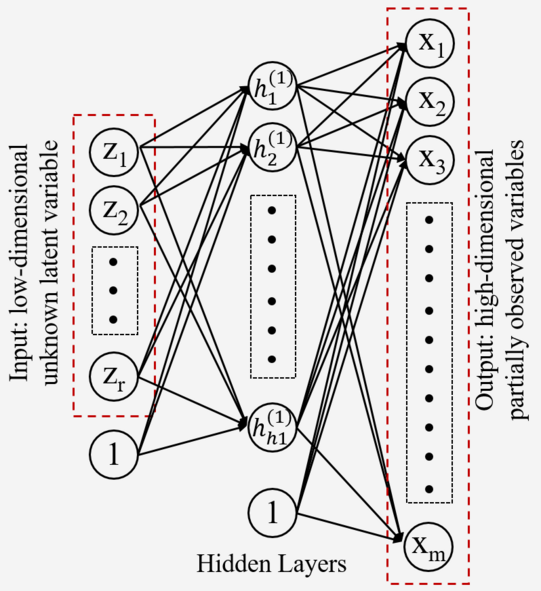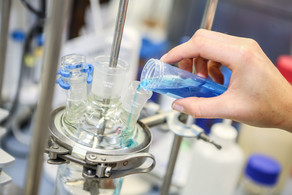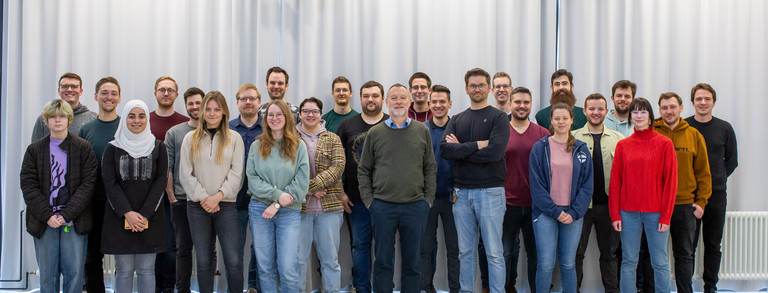M. Sc. Tobias Averbeck
Curriculum Vitae
Tobias Averbeck studied chemical engineering at the TU Dortmund University since October 2011 and finished his bachelor thesis with the topic “Investigating the generation of an equipment module database for pumps” at the laboratory of plant and process design under the supervision of Prof. Schembecker in 2018.
He continued with the consecutive master at TU Dortmund University and completed his master thesis on the topic of “Mixed-level Fractional-factorial Experimental Design for the Reaction Optimization of a Suzuki-Miyaura Cross-Coupling” at the laboratory of equipment design under the supervision of Prof. Kockmann and Dr. Brunschweiger in 2020.
Since February 2021 Tobias works as a research associate at the laboratory of Industrial Chemistry with Prof. Vogt and Dr. Seidensticker.
Research Topic
Thermodynamic equations of state such as NRTL or PC-SAFT are often used to model phase equilibria and mixing behavior, but they also often reach their limits and therefore offer the possibility to improve the prediction by augmentation with experimental data. Since there is by far not enough experimental data available for every possible combination of solvents and substrates, we apply both probabilistic and deep learning methods to predict them.
The current research focus is on the prediction of three-dimensional, i.e. temperature-dependent, mixture data using neural networks for nonlinear matrix completion.

The predicted data is used in the following research to determine the phase behavior of ternary systems, especially thermomorphic multi-phase systems (TMS), by means of thermodynamic models.
Surprisingly, water has played only a minor role in TMS so far. This potential needs to be tapped and evaluated. The homogeneous catalytic alcohol amination serves as a model reaction here.
![Reaction: R-C-C-C-OH ->(-H2+cat.) [R-C-C-C=O] ->(+cat.+HNR2/H2-H2O) R-C-C-C-NR2](/storages/tc-bci/_processed_/1/8/csm_Amination_withgrey_0b32e308e9.jpg)
Publications
- Bobers, J., Hahn, L. K., Averbeck, T., Brunschweiger, A., Kockmann, N. (2022). "Reaction Optimization of a Suzuki-Miyaura Cross-Coupling using Design of Experiments". Chem. Ing. Tech. 94 (5), 1-7, DOI: 10.1002/cite.202100194.





